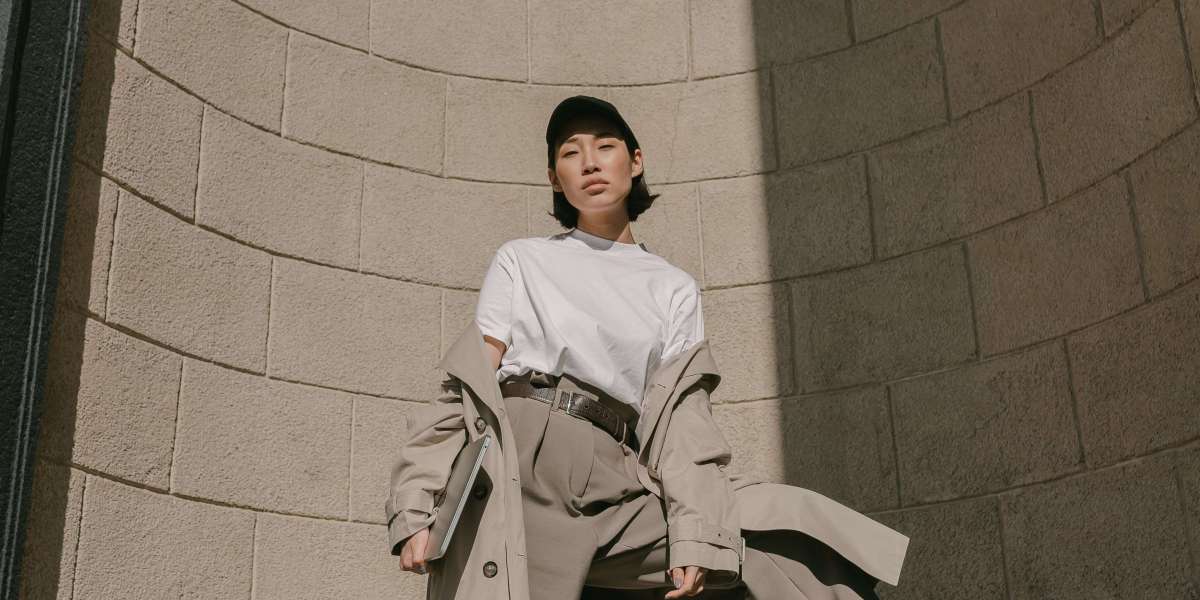Ancient Civilizations: Mesopotamia, Egypt, and Greece
The history of women's fashion can be traced back to ancient civilizations such as Mesopotamia, Egypt, and Greece. In Mesopotamia, women wore long, flowing garments made of linen, adorned with intricate jewelry and accessories. Similarly, ancient Egyptian women favored lightweight, draped dresses made of fine linen and decorated with jewelry and headdresses. These garments not only symbolized wealth and status but also provided practicality in the hot climate.
The Middle Ages: A Shift Towards Modesty and Elegance
The Middle Ages marked a significant shift in women's fashion, with an emphasis on modesty and elegance. The dominant style was the houppelande, a loose gown with wide sleeves and a fitted bodice. This garment was often worn with an additional layer called a surcoat, which added warmth and decoration.
The Renaissance: A Celebration of Beauty and Wealth
The Renaissance period in Europe saw a renewed interest in art, culture, and fashion. Women's fashion became a reflection of wealth and social standing, with elaborate and extravagant garments being a status symbol. The ideal female figure was defined by a small waist and voluptuous curves, which were achieved through the use of corsets and the layering of undergarments.
The Victorian Era: Restriction and Reform
The Victorian era, named after Queen Victoria of England, is often associated with strict moral codes and modesty. Women's fashion during this period reflected these values, with an emphasis on modesty and restraint. Corsets remained an essential part of women's attire, creating an exaggerated hourglass figure.
The Roaring Twenties: Liberation and Flapper Fashion
The 1920s brought about a drastic change in women's fashion, reflecting the spirit of liberation and social change. The iconic flapper style emerged, characterized by dropped waistlines, loose silhouettes, and shorter hemlines. Women ditched the corset in favor of more comfortable and free-flowing garments.
The Post-War Era: New Silhouettes and Modernity
After the Second World War, women's fashion underwent a dramatic shift as society embraced a more casual and modern style. The hourglass figure made a comeback, with nipped-in waists and full skirts. The New Look, popularized by Christian Dior, emphasized femininity and glamour with fitted bodices, voluminous skirts, and luxurious fabrics.
Contemporary Fashion: Fusion and Individuality
In recent decades, women's fashion has become increasingly diverse and individualistic. With the advent of globalization and the internet, fashion trends from around the world are easily accessible, leading to a fusion of styles and influences.
Conclusion
Women's fashion has come a long way throughout history, reflecting the changing roles and expectations of women in society. From the flowing garments of ancient civilizations to the elegant and ornate gowns of the Renaissance, and the liberation of flapper fashion in the 1920s, each era has left its mark on women's style.








